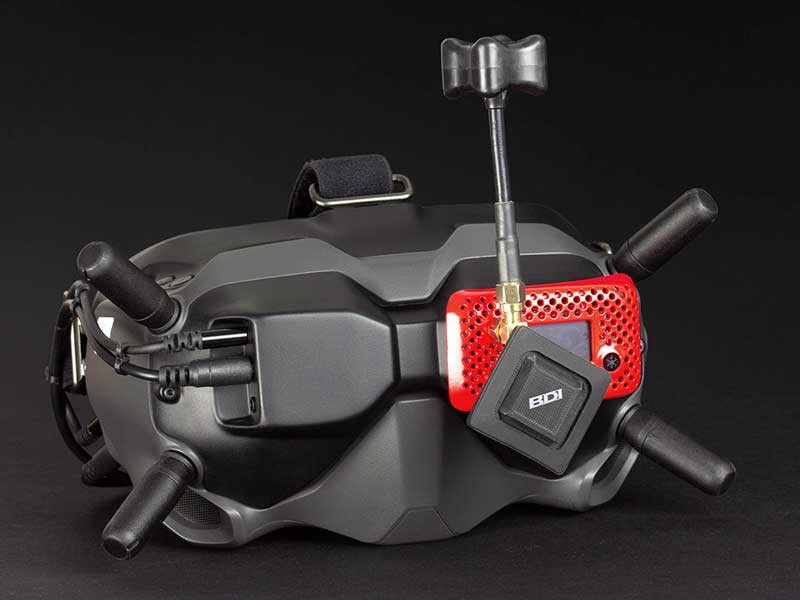Very nice write up
@Wr4ptr, I will add a few things, ...
1 Top of the line Analog is Fatshark HDO2 or the Orqa FPV.One (which I have), the Fatsharks DVR SUCKS big time (I have had HD2, HD3, HDO and they all suck) and the DVR hasn't changed since day 1 of the company, but Orqa's is a GREAT DVR that does H.264 encoding and 60 FPS. Digital you only have one choice, DJI.
2 If you decide DJI (they JUST HAD a Fathers Day Deal that was KILLER, maybe you can still get in on it) there are now a few of the larger whoop class BNF's that come with it so your choices are down to the 85mm (2 inch prop) quads, example iFlight Alpha A85 HD for one, and more and more are coming out all the time, who knows how small they may end up getting with the Caddx Vista and Nebula Micro camera.
3 If you run the QX7 ACCST model you can get R-XSR (preffered) or the XM+. They have mods out now for the DJI goggles that will NOT void the warranty, are a much more polished product than before, but analog picture through the DJI goggles is a good bit worse than with a decent analog goggle, just keep that in mind, plus you would need an analog module for it of course.
4 There are too many FC FW out there now to count, but the big and popular are BF, FalcoX, EmuFlight, and iNav (a little better for advanced GPS functionality), but start with BF and remember that you can get DJI in as small as 2" but it would be tough to get a GPS on one that small (currently).
6 If you don't go DJI, the latest word is that TBS Fusion is arguably just as good as RapidFIRE (which I have) and the Fusion will do some neat things that RapidFIRE will not if you ever move to TBS Crossfire for your control link.
7 Again, if you don't go DJI, the only goggles that have a good DVR are the Orqa FPV.One (H.264 @ 60 FPS), or you could get a ImmersionRC Powerplay, but they are just so big and bulky to really be useful IMHO.
8 A correction here, Smart Audio and Tramp Telemetry are the 2 flavors of vTX control, but they are NOT a part of the FC, all FC's are capable of doing either (it's just a setting in BF Ports tab under Peripherals) and if you do go DJI, there is a limited functionality with BF OSD (currently, and maybe forever, not many elements are available and working).
As a small history lesson, BF OSD is relatively new (last few years), so before that the camera makers added a mini OSD to the camera that usually only has battery voltage and maybe a timer, but many do not have it anymore since BF OSD is pretty common now even on most whoop class micro FC's. Nobody uses camera OSD's anymore and they need to be turned off or they will get in the way of your BF OSD.



